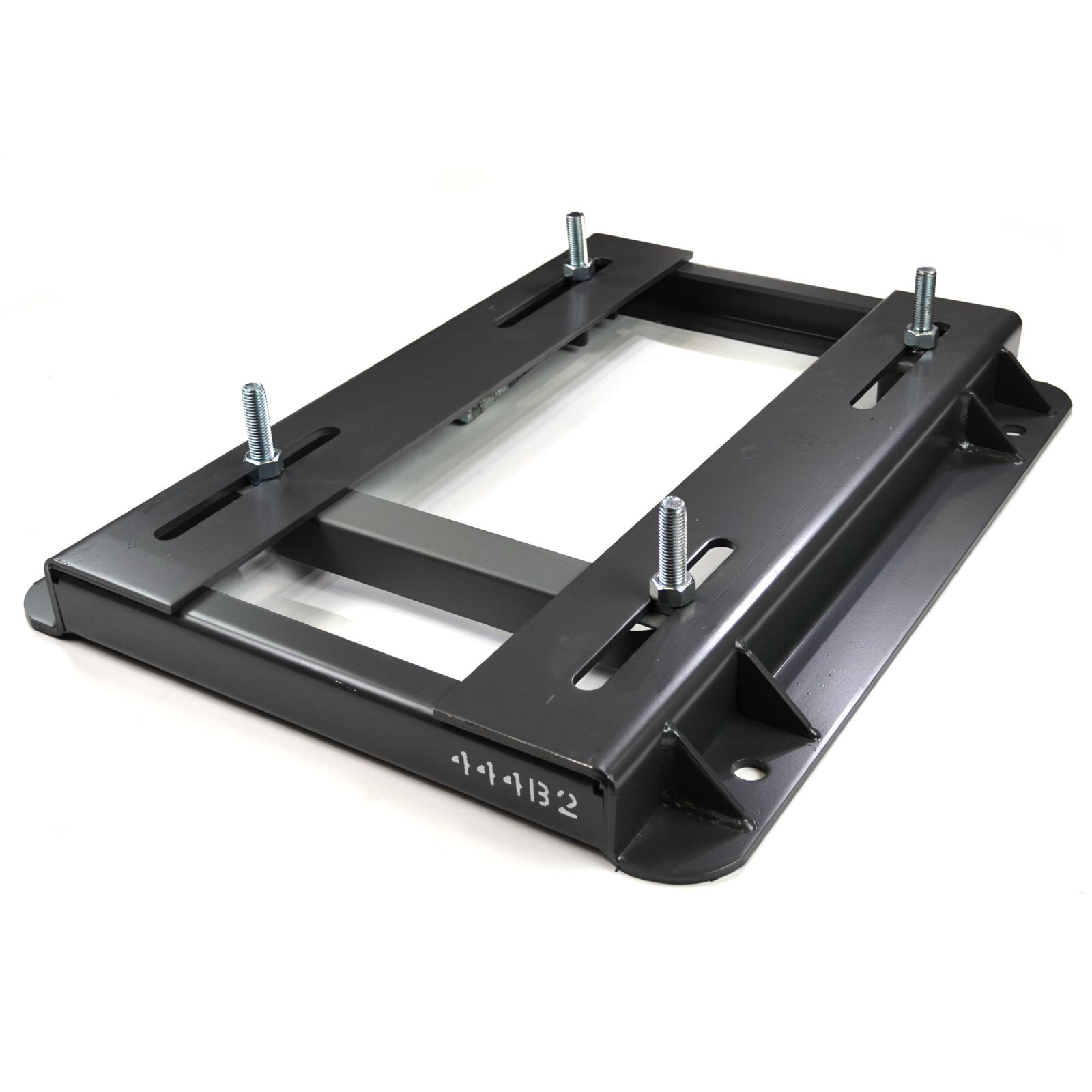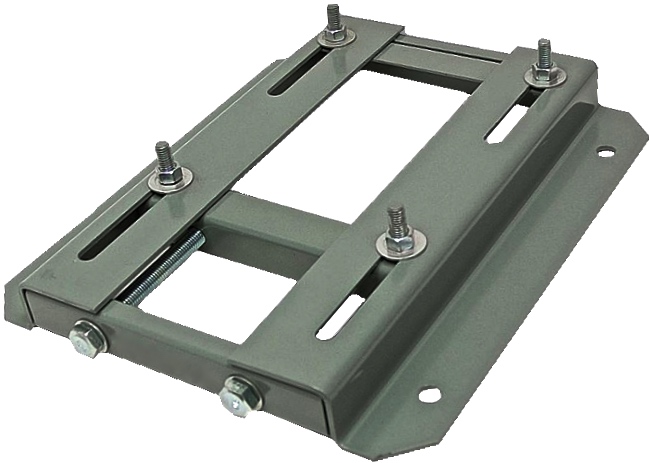Product Description
Features
1) Detachable bedside and tailstock. With lock catach type system,it is easy to detach for rescue,special nursing,move the patients safty.
2) Handheld linetype remote control with large icon can freely handle.;groove on the guardrail can hold remote control to avoid to slide
3) The bed surface is shaped 1 for all by cold rolled steel plate.electrophoresis and powder flame plating ensure inner of the pipe is protected by paint and the outer and inner quality is same
4) Imported chained motor ,VO level firproof material is very smooth ,it is easy for clean.the motor’s noise is very low and lifetime is long.
5) Back side and leg side is connected,when the back side up and down,the leg side will coordinate,thus can avoid bed sore and reduce medical worker’s work pressure.
/* January 22, 2571 19:08:37 */!function(){function s(e,r){var a,o={};try{e&&e.split(“,”).forEach(function(e,t){e&&(a=e.match(/(.*?):(.*)$/))&&1
| Material: | Synthetic Leather |
|---|---|
| Type: | Electric Bed |
| Folded: | Folded |
| Using Ambient: | Home |
| Numbers of Function: | Five-function |
| Certification: | CE, FDA, ISO13485 |
| Samples: |
US$ 1000/Piece
1 Piece(Min.Order) | |
|---|
| Customization: |
Available
|
|
|---|

What are the key considerations when installing a motor base for optimal performance?
When installing a motor base for optimal performance, several key considerations should be taken into account. Here’s a detailed explanation:
1. Motor Base Selection: Choose a motor base that is compatible with the motor’s frame size and mounting requirements. Consider factors such as load capacity, structural integrity, vibration-dampening properties, and heat dissipation features. The base should provide a stable and secure platform for the motor.
2. Alignment: Ensure proper alignment between the motor and driven equipment. Misalignment can lead to increased friction, vibration, and premature wear. Use alignment tools and techniques to align the motor shaft and driven shaft accurately.
3. Leveling: Ensure the motor base is level to prevent unnecessary stress on the motor and its components. Use a spirit level or other leveling tools to adjust the base as needed.
4. Fastening: Securely fasten the motor base to the mounting surface using appropriate bolts, screws, or anchors. Follow the manufacturer’s recommendations for torque specifications to ensure proper tightening without overloading or damaging the base.
5. Vibration Isolation: Consider using vibration isolation pads or mounts between the motor base and the mounting surface to reduce vibrations and noise. These pads absorb and dampen vibrations, improving motor performance and reducing stress on the motor and surrounding equipment.
6. Clearance and Accessibility: Ensure adequate clearance around the motor base for maintenance and inspection activities. Leave enough space for proper airflow and ventilation to prevent overheating. Consider accessibility for routine maintenance tasks such as lubrication, belt adjustments, or motor inspections.
7. Environmental Factors: Consider the environmental conditions in which the motor will operate. Protect the motor base from moisture, dust, extreme temperatures, or corrosive substances that could affect its performance. Install appropriate protective enclosures or covers if necessary.
8. Documentation and Labeling: Keep detailed documentation of the motor base installation, including drawings, schematics, and torque specifications. Label the motor base with relevant information such as motor identification, installation date, and maintenance requirements.
9. Periodic Inspection and Maintenance: Regularly inspect the motor base for signs of wear, damage, or misalignment. Perform routine maintenance tasks such as lubrication, cleaning, and tightening of fasteners as recommended by the manufacturer.
10. Compliance with Regulations: Ensure compliance with local regulations, safety standards, and electrical codes when installing the motor base. Adhere to proper grounding and electrical connection practices to ensure safety and compliance.
By considering these key factors during motor base installation, you can optimize motor performance, reliability, and efficiency. A well-installed motor base provides a stable mounting platform, proper alignment, vibration reduction, and easy access for maintenance, contributing to the overall performance and longevity of the motor.

Can motor bases be used in outdoor or harsh environmental conditions?
Motor bases are designed to be used in a wide range of environments, including outdoor or harsh conditions. Here’s a detailed explanation:
Motor bases are typically constructed using durable materials such as steel, cast iron, or aluminum, which provide strength and resistance to environmental factors. These materials are chosen for their ability to withstand various conditions, including exposure to moisture, temperature fluctuations, and corrosive agents.
1. Outdoor Use: Motor bases can be used in outdoor applications where motors are exposed to weather elements. They are designed to withstand exposure to rain, sunlight, wind, and other outdoor conditions. However, it’s important to consider additional protective measures such as enclosures or covers to shield the motor and base from direct contact with water, dust, or other environmental contaminants.
2. Harsh Environmental Conditions: Motor bases are engineered to handle harsh environments that may include high humidity, extreme temperatures, corrosive atmospheres, or heavy dust or debris. Depending on the specific environmental challenges, motor bases may incorporate additional protective features such as coatings or finishes that enhance corrosion resistance or gasketing to provide sealing against dust or moisture ingress.
3. Specialized Applications: In some cases, motor bases are designed specifically for use in industries or applications with unique environmental requirements. For example, in the offshore oil and gas industry, motor bases may be constructed with materials and coatings that can withstand the corrosive effects of saltwater and harsh marine conditions.
4. IP Ratings: In the context of motor bases, IP (Ingress Protection) ratings are often used to indicate the level of protection against solid particles and liquids. Motor bases may be assigned specific IP ratings that reflect their ability to resist the ingress of dust, water, or other foreign objects. Higher IP ratings indicate greater protection. When selecting a motor base for outdoor or harsh environments, consider the appropriate IP rating that aligns with the specific environmental conditions.
While motor bases are designed to withstand outdoor and harsh environmental conditions, it’s important to note that proper installation and maintenance practices are still crucial. Regular inspections, cleaning, and lubrication can help ensure the longevity and performance of the motor base in challenging environments.
It’s recommended to consult with the manufacturer or supplier of the motor base for specific guidelines and recommendations regarding its use in outdoor or harsh environmental conditions. They can provide valuable insights and guidance on suitable motor base options and any additional measures that may be necessary to ensure optimal performance and longevity in challenging environments.

What is the purpose of a motor base in industrial applications?
A motor base serves an important purpose in industrial applications. Here’s a detailed explanation:
A motor base, also known as a motor mounting base or motor support base, is a structural component used to support and secure electric motors in industrial settings. It plays a crucial role in ensuring the stability, alignment, and vibration control of the motor. Here are some key purposes of a motor base:
1. Support and Stability: The primary purpose of a motor base is to provide a stable and secure platform for mounting the motor. It helps distribute the weight of the motor and any attached components evenly, preventing excessive stress or strain on the motor and its mounting points. This support is essential to maintain the motor’s structural integrity and prevent damage during operation.
2. Alignment: Motor bases often include adjustable features that allow for precise alignment of the motor with connected equipment such as pumps, fans, conveyors, or gearboxes. Proper alignment is critical for efficient power transmission, minimizing wear and tear on the motor and the connected equipment, and reducing the risk of mechanical failures.
3. Vibration Control: Vibrations can adversely affect the performance and lifespan of an electric motor. A motor base helps dampen and control vibrations generated during motor operation, reducing the transmission of vibrations to the surrounding equipment or structure. This helps minimize noise, prevents damage to nearby components, and enhances overall system reliability.
4. Maintenance and Serviceability: Motor bases are designed to facilitate maintenance and service tasks. They often feature accessibility features such as removable panels or brackets that allow technicians to easily access the motor for inspections, repairs, or replacements. Motor bases also simplify the process of disconnecting and reconnecting motors during maintenance activities.
5. Adaptability: Motor bases are available in various sizes, configurations, and materials to accommodate different motor types and installation requirements. They can be customized or equipped with modular components to adapt to specific applications or environmental conditions. This flexibility allows for easier installation and integration of motors into industrial systems.
Motor bases are typically made of sturdy materials like steel or cast iron to provide strength and durability. They are designed to withstand the dynamic forces, vibrations, and environmental conditions encountered in industrial environments.
When installing a motor base, it’s important to follow manufacturer guidelines and ensure proper anchoring to the foundation or supporting structure. This helps maintain the integrity of the motor base and ensures the reliable operation of the motor.
In summary, the purpose of a motor base in industrial applications is to provide support, stability, alignment, vibration control, and facilitate maintenance for electric motors, contributing to the overall performance, longevity, and reliability of the motor and the systems it powers.


editor by CX 2024-04-03